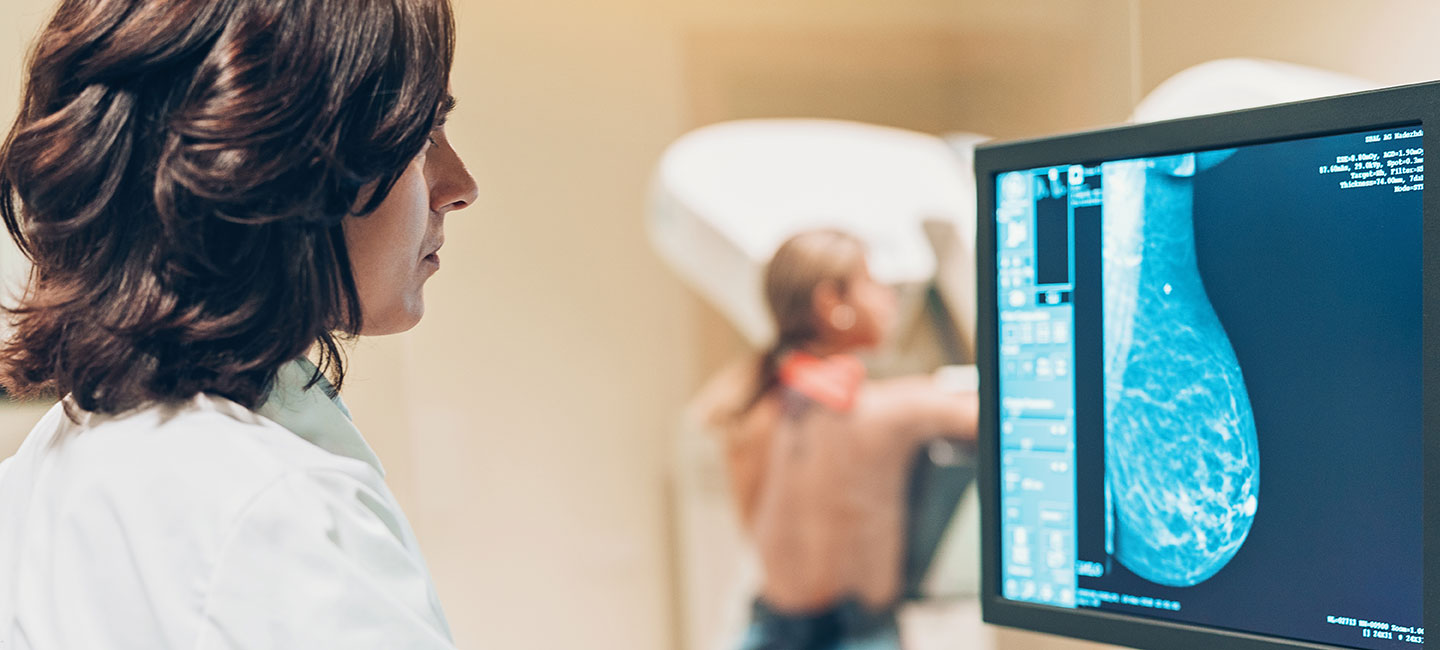Dense Breasts Linked with Increased Cancer Risk in Older Women
Prior studies have shown that breast density is an important risk factor for breast cancer, but until now there has been limited evidence of this associated risk for women over 65 years old.
A new study published in JAMA investigated if breast density is associated with invasive breast cancer among women 65 or older and if body mass index (BMI) plays a role in that association. Investigators analyzed mammograms from more than 193,000 women in the U.S. age 65 or older and found women over 65 with dense breasts had an increased risk of invasive breast cancer compared to those with non-dense breasts regardless of BMI. Women with almost entirely fatty breasts had a decreased cancer risk of about 30% compared to those with dense breasts.
Breast density refers to the way different types of breast tissue appear on a mammogram. Dense breasts typically have more glandular tissue and fibrous connective tissue and low amounts of fatty breast tissue.

Dr. Kimberly Funaro, breast radiologist
Even though breast density tends to decrease with age, 32% of women included in the study between 65 and 74 years old and 30% of the women 75 and older had dense breasts.
“Unfortunately, there is not one simple answer for why breast density is associated with an increased risk of breast cancer, and research is still being done to better explain this association,” said Dr. Kimberly Funaro, a breast radiologist in the Diagnostic Imaging and Interventional Radiology Program at Moffitt Cancer Center. “Some theories include increased cellularity in dense breasts which could lead to an increased risk of mutations, or possibly an increased release of estrogen in dense tissue that leads to cancer development.”
Dense breasts can also make it difficult for radiologists to see cancer on a mammogram for women of all ages.
“Women should recognize that breast density affects their risk and have a discussion with their doctor about this risk, as well as additional risk factors they may have,” said Funaro. “Both the American College of Radiology and Society of Breast Imaging encourage women in these age groups to maximize the lifesaving benefits of mammography by continuing annual screening if the patient is in reasonably good health and expected to live at least 5-10 more years.”



